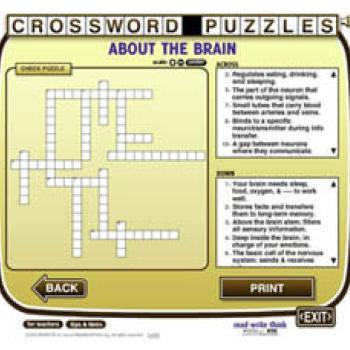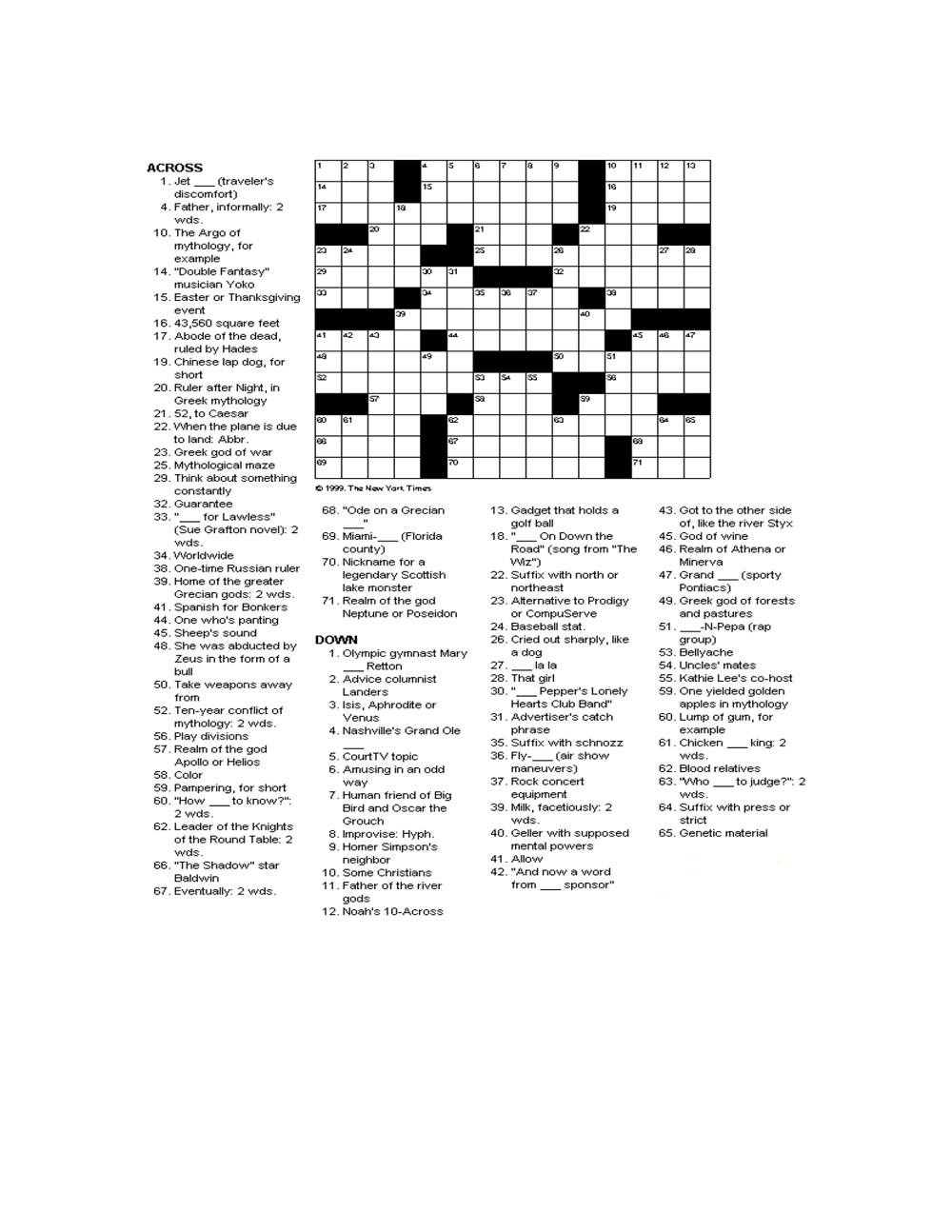

- #CROSSWORDPUZZLES READWRITE THINK HOW TO#
- #CROSSWORDPUZZLES READWRITE THINK PLUS#
- #CROSSWORDPUZZLES READWRITE THINK PROFESSIONAL#
- #CROSSWORDPUZZLES READWRITE THINK FREE#
It's typically submitted along with your resume in a job application. What is a cover letter?Ī cover letter, also known as an application letter, is a three- to four-paragraph memo to employers explaining your interest in the job and company and your fitness for the role.
#CROSSWORDPUZZLES READWRITE THINK FREE#
To see example cover letters for your job and industry, browse our free Cover Letter Samples.
#CROSSWORDPUZZLES READWRITE THINK HOW TO#
In this article, we explain how to write a cover letter that makes a great first impression on potential employers.
#CROSSWORDPUZZLES READWRITE THINK PROFESSIONAL#
The key to writing an effective cover letter is to clearly show how your professional experience fits the needs of the open role and the culture of the hiring company. Remember that you learn best by doing, not just by reading, seeing, or hearing.While cover letters are not always required, many hiring managers still rely on them to gauge an applicant's skills, experience and background.

Use a computer to reinforce learning through the sense of touch.It's OK to tap a pencil, shake your foot, or hold on to something while learning.Take frequent breaks during reading or studying periods (frequent, but not long).Trace words with your finger to learn spelling (finger spelling).Use flashcards and arrange them in groups to show relationships between ideas.It's OK to chew gum, walk around, or rock in a chair while reading or studying.Do lots of hands-on activities like completing art projects, taking walks, or acting out stories.Participate in activities that involve touching, building, moving, or drawing.Here are some things that tactile learners like you can do to learn better: You often communicate by touching, and you appreciate physically expressed forms of encouragement, such as a pat on the back. You can easily remember things that were done but may have difficulty remembering what you saw or heard in the process. You may be very well coordinated and have good athletic ability. You need to be active and take frequent breaks, you often speak with your hands and with gestures, and you may have difficulty sitting still.Īs a tactile learner, you like to take things apart and put things together, and you tend to find reasons to tinker or move around when you become bored. You are a "hands-on" learner who prefers to touch, move, build, or draw what you learn, and you tend to learn better when some type of physical activity is involved. You understand and remember things through physical movement. If you are a tactile learner, you learn by touching and doing. Remember that you need to see things, not just hear things, to learn well. Draw pictures to help explain new concepts and then explain the pictures.Write down key words, ideas, or instructions.Try to visualize things that you hear or things that are read to you.

#CROSSWORDPUZZLES READWRITE THINK PLUS#


 0 kommentar(er)
0 kommentar(er)
